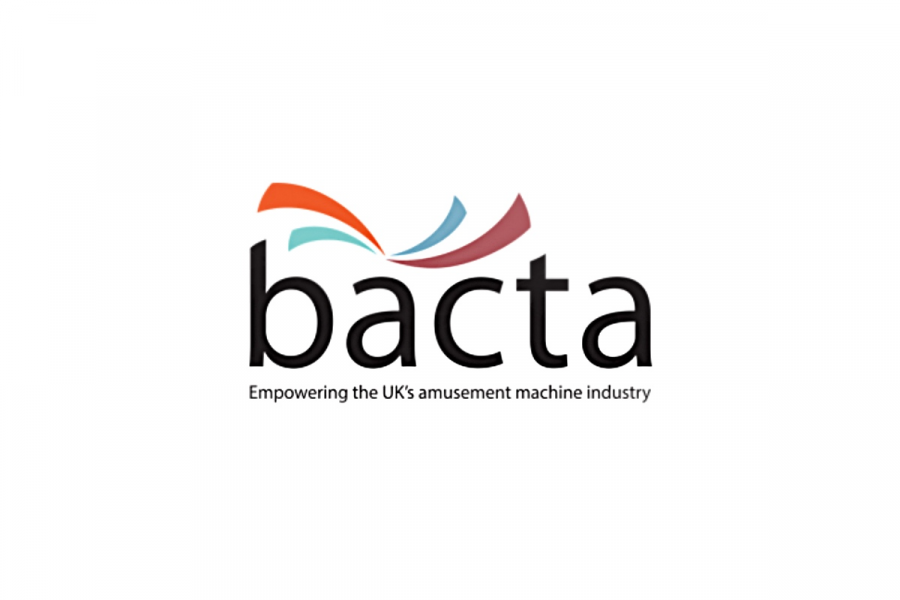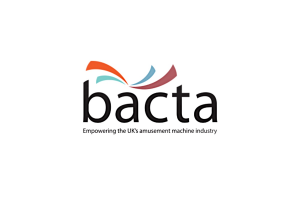Bacta defends 50/50 ratio for gaming machines

The trade association has responded to suggestions that the ratio will lead to a rise in the number of high-street gaming machines.
UK.- The UK gaming hall trade association Bacta has defended the 50/50 gaming machine ratio proposed by the government’s gambling white paper. Critics had raised concerns that it would lead to a sharp increase in the number of high-street gaming machines.
The current ratio for bingo halls and gaming arcades, classed as adult gaming centres, is 20 Category B machines for 80 Category C and D machines. However, amid its review of gambling legislation, the UK government has proposed changing the permitted ratio to 50/50.
This has led some to raise concerns that the number of electronic gaming machines will increase. However, Bacta, which gave feedback on the UK gambling review to a DCMS committee yesterday, says the change would have positive consequences for consumers and for the environment.
A drop in the overall number of machines
It says that the new ratio would allow bingo halls and adult gaming centres to reduce the overall number of gaming machines since they would need fewer Category C and D machines to allow their quota of Category Bs. This would reduce their consumption of electricity.
A non-attributable survey of Bacta members found that the new ratio would result in a 10 per cent drop in the number of Category C machines and a 20 per cent drop in Category D games, infills and tablets. The number of B3 machines would increase by around 9 per cent (900 machines).
Bacta’s CEO John White said: “Different businesses will behave in different ways in response to their customers’ needs. But we are not foreseeing a future with tablet arcades where the only machines on display are B3s.
“We anticipate further reductions in overall numbers as machines reach obsolescence and the lack of player demand makes retaining them uneconomical. A decrease in machine numbers will lead to reduced demand for electricity, which is favourable news for both operators and the environment.”











